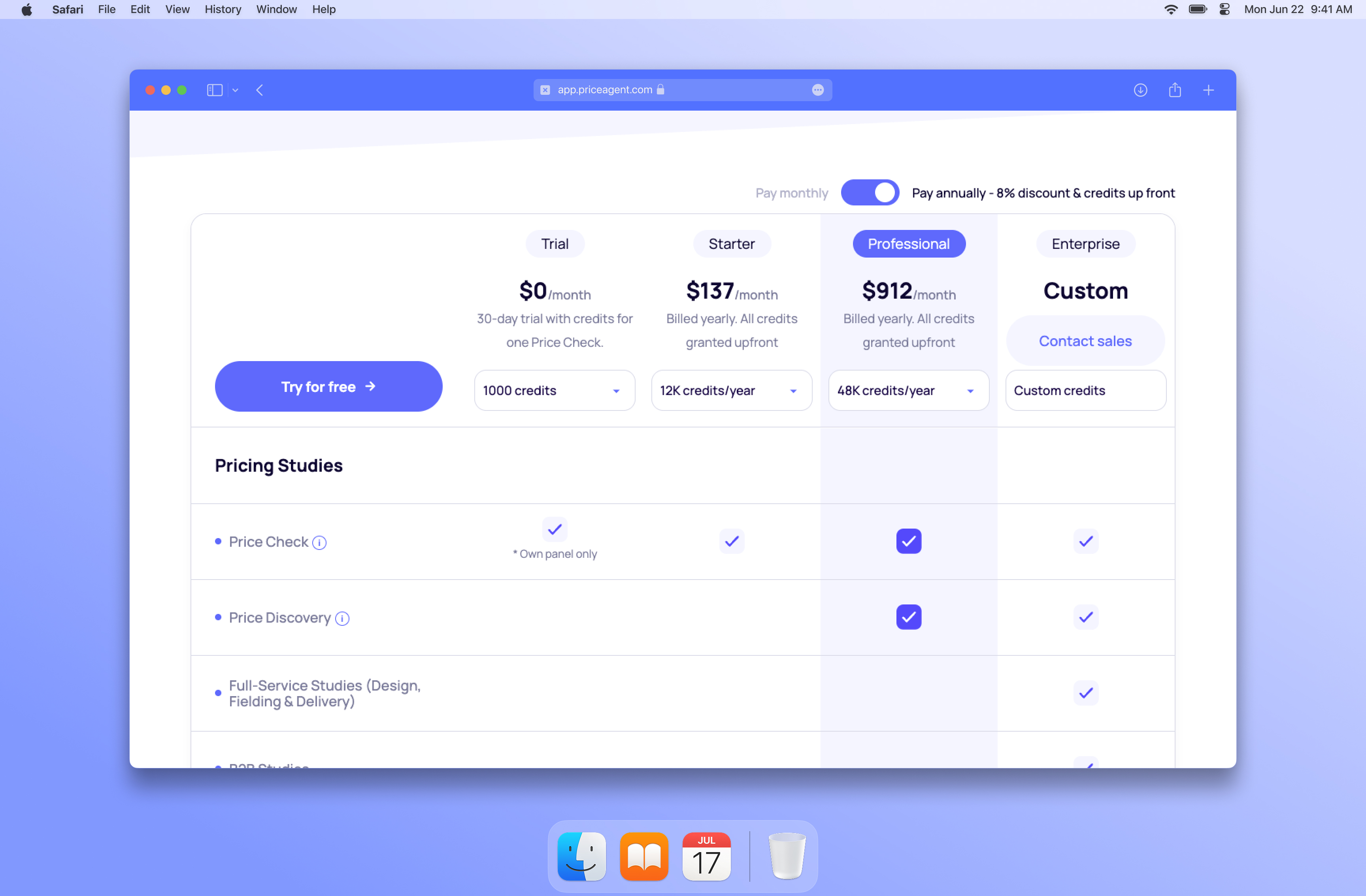Navigating the Transition from Cost-Plus to Value-Based Pricing
This in-depth blog post explores the common challenges companies face when transitio

Summarize article with AI
Many firms have based their prices solely on costs for decades without properly considering customer perceived value. While an understandably ingrained practice, this approach often leaves significant profit on the table. It also risks customer dissatisfaction when pricing feels detached from the worth customers receive. An inability or reluctance to transition pricing models over time can significantly stunt a company's long-term growth potential.
Moving to a value-based approach where real or derived worth drives costs rather than the reverse is a major strategic and cultural shift for many organizations. However, with solid planning and execution, firms can overcome transition hurdles to ultimately benefit customer satisfaction and the bottom line.
Bridging Information Gaps
One of the primary challenges firms face initially is a lack of robust data on their customers' true values, preferences between offerings, and sensitivity to price changes among varied segments. This dearth of insights breeds anxiety around setting the "right" prices under a new model.
To help fill these data gaps, companies should conduct in-depth customer interviews, rollout broad surveys, and analyze usage and transaction patterns through their databases and sales systems. The goal is to understand how clients currently perceive worth versus features and costs. Pilot test different pricing scenarios on select customers whenever possible to gauge reactions.
With time and intentional market research, organizations gain the foundation to confidently segment customers and roll out tailored pricing designed around maximizing perceived value for money rather than internal production costs.
Generating Executive Buy-In
Obtaining support from executives, who typically focus on short-term targets, presents another hurdle. Financial projections of a value-based model transition may show potential dips in margins over the near term as new prices are tested and customer segments adjust spend.
To assuage concerns, clearly showcase modeled impacts on revenues and profits across incremental time periods into the future. Emphasize growing customer satisfaction, renewed purchases, and long-run competitive differentiation. Prepare responses demonstrating an understanding of short-term sacrifice for long-term sustainability.
Coaching Sales Force Resistance
Unless sales teams undergo rigorous training, they may resent deprioritizing features and costs in customer conversations in favor of a less familiar value dialogue. Some feel this intangible approach hampers hitting quotas in the short-run.
Leaders must communicate the sales methodology represents a pivot rather than removal of past practices. Include role-playing to build confidence. Incentivize value-add through reduced compensation on feature-based deals to drive behavior change. Celebrate salespeople championing new strategies effectively.
Piloting Gradual Price Adjustments
Rather than potential backlash from across-the-board price increases, organizations test more modest changes on select SKUs or customer segments. If segment A sees a 10% increase but demand stays strong, confidence grows to try 5% with B. This iterative process smoothes profitability curves during migration.
Testing also provides precious early feedback to refine offers, messages, and additional price points as needed before broad rollout. Go slow to start, then scale adjustments upward incrementally as learning occurs and customer satisfaction remains intact or grows.
Assessing Value Perceptions
Unbundling formerly combined products and services requires carefully evaluating how customers perceive the standalone worth of each. Standalone value must remain or ideally outpace previous bundled perceptions to retain spend levels.
Conduct additional market research and pilot various new package and a la carte options. Consider promotional discounts paired with educationals for perplexing customers on shifting worth-based rationales. Refine based on usage and repurchase insights before finalizing unbundled assortments.
Institutionalizing Change Management
Central to any company-wide transition is a well-designed change management system revolving around iterative goal-setting, frequent learning reviews, and associate feedback mechanisms for ongoing enhancement. Leadership must role model valuation-led behaviors and decisions.
Recognize teams for successes navigating new challenges rather than reacting to temporary dips. Commit to the long-term nature of transformation for ultimate business optimization aligned to true customer priorities over straight cost accounting. Perseverance trumps perfection when continuously improving the process.
In closing, with careful planning and execution of strategies like the above, companies can overcome data gaps, executive alignment issues, sales force inertia, and other speed bumps inherent to sizable shifts. A committed, learning-oriented approach smoothes the journey from cost-plus to a customer-centric value paradigm promising to benefit all stakeholders over time. Sign up to PriceAgent today!









